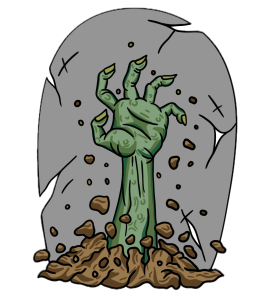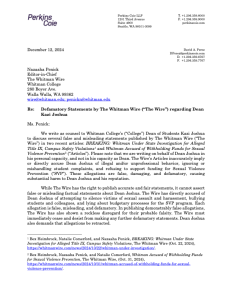A journey through Whitman’s Outdoor Sculpture Walk
November 11, 2021
Little is more iconic to the wayfaring Whitman student wandering across campus than the many sculptures, statues and artworks that adorn the landscape. According to the Whitman College Outdoor Sculpture Walk, Whitman boasts 21 different installations across its campus.
Perhaps the most iconic is the metal-casted, faux-driftwood horse “Styx,” created by renowned artist Deborah Butterfield, which has garnered a lot of attention from the student body over the years.
One of the famous crowd pleasers within the Whitman community, and the Walla Walla community in general, is Squire Broel’s “Three-Stories.” Known colloquially by many names, the statue is a tiered bronze casting, featuring a bowl sitting atop a lemon which is itself stacked on a fish.
Broel has lived and worked in Walla Walla for the past twenty-five years, and owns a studio downtown. He originally made “Three-Stories” for the Olympia Farmers market, but his work was ultimately passed up for another piece. After that, it was picked up by the Sheehan Gallery at Whitman, where President Tom Cronin decided to install the piece on campus permanently. Since then, it has become a touchstone within the Whitman community. Broel spoke on how a piece of art can shape the character and culture of an institution, even as the student body is always changing.
“The first generation of people who have seen it and experienced it have one feeling and understanding around it. There is that sense of familiarity, and almost a sense of nostalgia, for the really early viewers of the work. I feel that the work has a sense of timelessness, yet is still rooted in specifics that tie it together,” Broel said.
But to Broel, the real value of art is not just to create a legacy and further cultural bonds but also to broaden people’s perspectives.
“Artwork gives everyone a chance to see things from a different perspective, that we take the time to really look at and observe, without passing judgment. If individually we can do that, and strive to see things in a different light…Well I think we need that, especially right now,” Broel said.
Moving to another corner of campus, you can find a large, stainless steel spiral which rests just outside the music building, entitled “Pirouette.” Many students have been delighted to find that the piece, when pressed, will actually rotate in place. Because of the alluring interactive component to this piece, “Pirouette” has become a staple of campus culture, as older students echo the same refrain to the new faces on campus: Did you know it moves?
One student, senior music major Meghan McFadden, has grown accustomed to the constant presence of on campus art. She’s passed by “Pirouette” everyday on the way to the music building but only recently learned that it was movable.
“How would you know, unless you went up and touched it? I think that aspect definitely enhances interactions with the statue…,” McFadden said.
Although she enjoys the on-campus art that has been around her since she first arrived on campus during her first year, she has found the longevity of these pieces to have both advantages and drawbacks.
“Obviously the Marcus Whitman statue is something that has created a lot of division on campus. But I think a lot of the art work like “Styx” and “Pirouette,” they’re something that only Whitman campus has…It kind of makes you feel like you are part of something,” McFadden said.
Pirouette was built by a Whitman alum in the class of 1981, Micajah Bienvenu. Originally a geology major, Micajah has since had a long and successful career as an artist and sculptor. After graduating, he moved to Seattle and got involved with some friends working in the music scene. Finally, in 2003, he met with Whitman President Tom Cronin and taught a class at the college that eventually led to the installation of “Pirouette.”
To Bienvenu, a piece like “Pirouette” can be instrumental in creating a shared identity for Whitman students and community members. As a monolithic work of art, there is something grounding about the piece, something that will outlast the people who make up the institution.
“I think you could look at it as a touchstone, as an icon. If you think about Truscan sculptures and Roman sculptures that have been unearthed, these steel sculptures can last for a thousand years,” Bienvenu said.
With “Pirouette,” Bienvenu started to explore themes and a new style that he’s been working with for many years. He hoped to play with the ideas of spirals, interacting and on their own, as a unique form, and create something that truly brings people joy.
“It’s a form in nature, and in the galaxy; plants, everything uses them. This piece was supposed to uplift, take people out of their mundane day to day,” Bienvenu said.
Both Bienvenu and Broel continue to make art, and their recent pieces can be found on their respective instagram pages, @Micajahbienvenu, and both @squirebroel and @broelstudioinc. A smaller version of Broel’s “Three-Stories” can also be found at his webpage, broelstudio.com.




